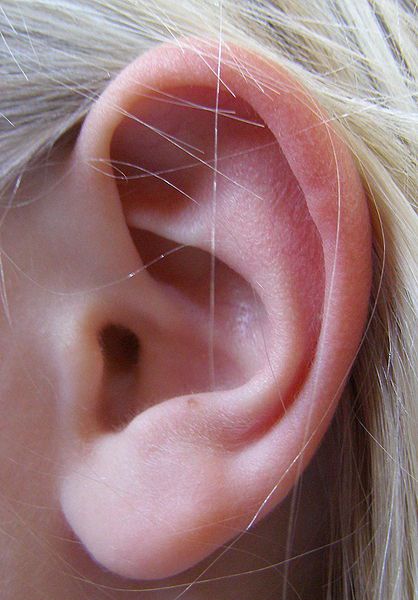-
 Axillary
Axillary
-
 Crystal system
Crystal system
-
 Trophallaxis
Trophallaxis
-
 Peach
Peach
-
 Gamma glutamyltransferases
Gamma glutamyltransferases
-
 Dysarthria
Dysarthria
-
 Terra
Terra
-
 Aristotle's lantern
Aristotle's lantern
-
 Chlorinity
Chlorinity
-
 WAKE
WAKE
-
 Diuresis
Diuresis
-
 Schists
Schists
-
 Refraction
Refraction
-
 Elementary particle physics
Elementary particle physics
-
 Antipyretic
Antipyretic
-
 Hedged farmland
Hedged farmland
-
 Azotaemia
Azotaemia
-
 Proton-proton chain
Proton-proton chain
-
 Diffie-Hellman
Diffie-Hellman
-
 Chemotherapy.
Chemotherapy.
-
 Polyamide
Polyamide
-
 CDA
CDA
-
 Cork oak
Cork oak
-
 Mesozone
Mesozone
-
 Neoplasm
Neoplasm
-
 Big Bang
Big Bang
-
 Stalagmite
Stalagmite
-
 Pyroclastic surge
Pyroclastic surge
-
 Ebola virus haemorrhagic fever
Ebola virus haemorrhagic fever
-
 Massively multiplayer online games
Massively multiplayer online games
Internal ear
The inner ear, or labyrinth, consists of several vestibules, the semicircular canals and the cochlea, the only part which plays a role inhearing, the others containing the balance organs.
Structure of the inner ear
The cochlea has a shape reminiscent of a snail shell and is a tube approximately 35 millimetres long rolled around a hollow axis which contains the auditory nerve. It forms two and a half turns from its base. It lies close to the oval window and contains two canals up to its apex, the vestibular canal and the tympanic canal, separated by the cochlear channel which is filled with a fluid known as perilymph.
The cochlear duct is formed from three walls containing a liquid, endolymph. The basal wall of the duct is the thickest as it contains the auditory sensory organ or organ of Corti. This is the sensory part of the ear and contains approximately 14,000 ciliated cells from which the auditory nerve fibres arise. The ciliated cells are arranged in four lines: three lines of external ciliated cells (approximately 10,500) and one line of internal ciliated cells (approximately 3,500). These lines extend over the entire length of the basilar membrane (35 millimetres), from the base to the apex of the cochlea.
Function of the inner ear
The oval window moves in response to sound and displaces the basilar membrane. The internal ciliated cells attach to the basilar membrane tilt and come into contact with the tectorial membrane through which passes the information for the brain.
This mechanism, however, only functions at a sound level of more than 50 decibels. Below 50 decibels, the plasma membrane deforms but not sufficiently to tilt the inner ciliated cells. In this case the outer ciliated cells contract (as they have an active contractile mechanisms, in contrast to the inner ciliated cells), which then displaces the tectorial membrane. This then comes into contact with the inner ciliated cells and transmits the information to the brain for sounds of less than 50 decibels (application of the principle of afferent and efferent signals).
Hearing is a very complex function. © ide.fr
 The inner ear is the last intermediary before sound is integrated by the brain. © DR
The inner ear is the last intermediary before sound is integrated by the brain. © DR
Latest
Fill out my online form.



